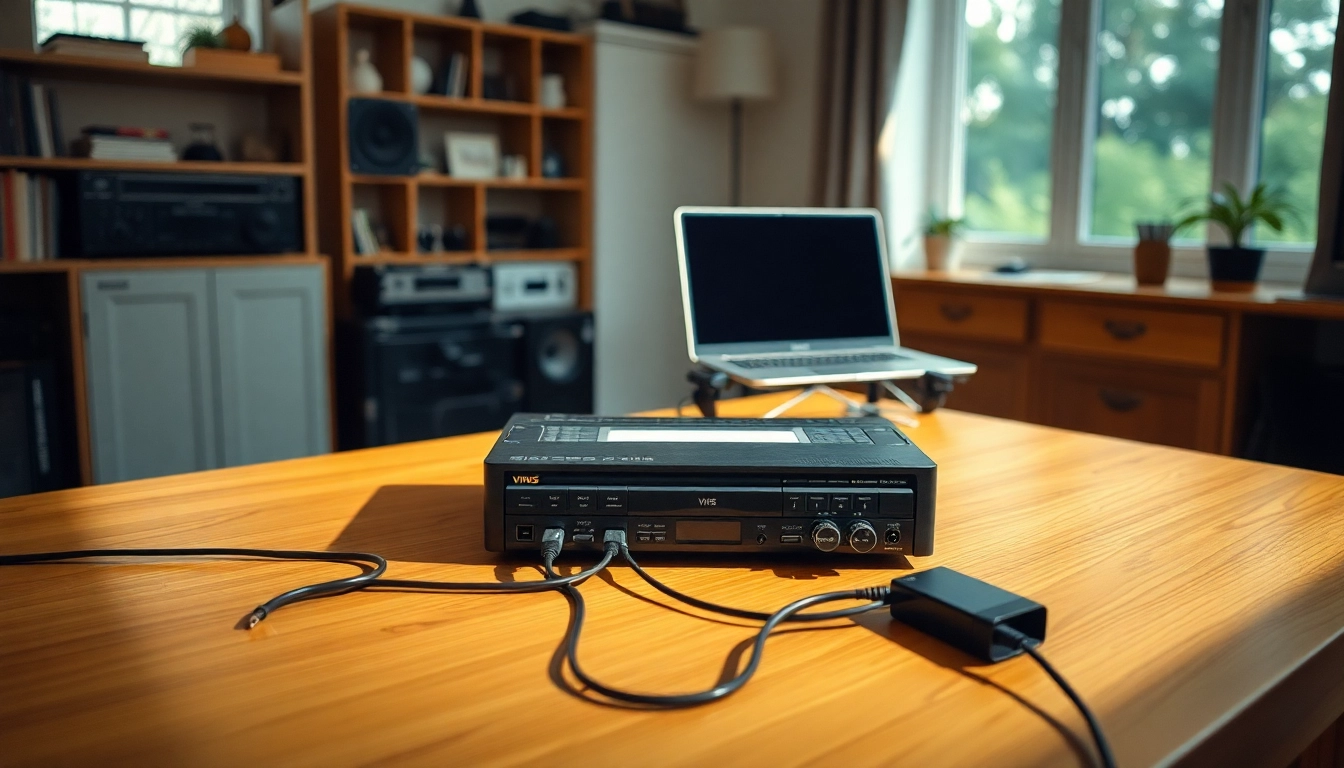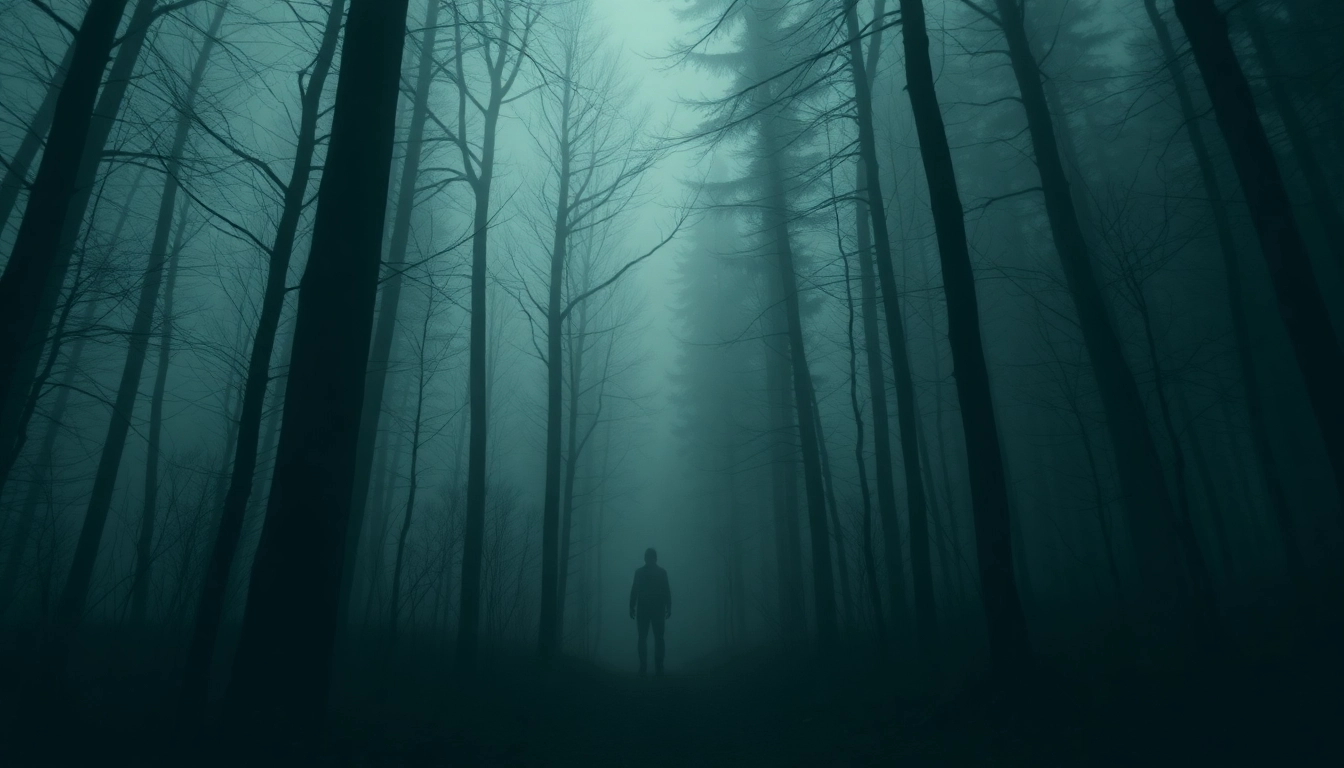Understanding the Importance of VHS to Digital Conversion
The world of media is evolving rapidly, yet many of us possess a treasure trove of memories nestled on VHS tapes. These tapes, once the golden standard of home entertainment, are now at risk of being lost forever as technology rapidly advances. Converting these physical tapes to a digital format is no longer just a trend; it has become an essential process for preserving cherished moments. The VHS to Digital conversion allows you to safeguard these invaluable memories and enjoy them on modern devices.
Why Go Digital? Benefits of Conversion
Digitizing your VHS tapes brings forth numerous advantages that go beyond mere convenience.
- Preservation: VHS tapes degrade over time, with magnetic tape losing quality and breaking down. Digital files, when saved properly, do not suffer from physical wear and offer a more stable storage medium.
- Accessibility: Digital formats allow for playback on various devices, including computers, smartphones, tablets, or smart TVs, making it easier to share these memories with family and friends.
- Enhanced Quality: During the conversion process, you can enhance video quality or remediate some degradation issues that tapes may have suffered over the years.
- Storage Efficiency: A substantial collection of tapes can take up a significant amount of space. Digital files can be stored on external drives, cloud storage, or shared online, conserving physical space.
Types of Media Best Suited for VHS to Digital
While many formats can be converted to digital, VHS tapes, in particular, are prime candidates due to their unique vulnerabilities. Other types of media that are commonly converted alongside VHS include:
- VHS-C: A compact version of VHS, often used in camcorders.
- S-VHS: An enhanced version of VHS that offers improved video quality.
- Hi8 and Digital8: Tapes from older camcorders that capture precious moments in a similar fashion.
- 8mm: A classic home movie format that can also be digitized for preservation.
Overview of Conversion Formats
When converting VHS tapes, various digital formats are available, impacting both quality and file size. Common formats include:
- MP4: A widely supported format that balances quality and file size, making it ideal for sharing online.
- AVI: A lossless format that preserves quality but results in larger files.
- WMV: Often used for Windows-based devices; a compressed format that maintains high quality.
- MOV: Preferred by Apple devices and ideal for video editing and sharing.
Choosing the Right VHS to Digital Converter
The market today offers a plethora of options for VHS to digital conversion, ranging from manual setups to professional services. Choosing the right route can significantly influence the final output quality and your overall experience.
Manual vs. Professional Services: What to Consider
When deciding whether to convert your tapes manually or seek professional help, consider the following:
- Cost: Manual conversion is typically more cost-effective if you plan to convert a large number of tapes. However, professional services can save you time and ensure higher quality.
- Quality Control: Professionals often have better equipment for restoration and quality improvement than most home setups.
- Time Investment: If you value time, professional services will significantly reduce the hours spent on the conversion process.
Top VHS to Digital Converter Options Reviewed
For those opting for a DIY approach, here are some top-rated VHS to digital converter options available:
- Elgato Video Capture: This USB-equipped device allows you to capture video from VHS players and easily convert it into digital formats on your computer.
- Pinnacle Dazzle DVD Recorder HD: Another versatile option that supports various video inputs and offers easy editing features.
- ClearClick Video to Digital Converter 2.0: Known for its simplicity, this device is perfect for beginners wanting to convert videos without extensive technical know-how.
- Roxio Easy VHS to DVD: This software offers guided instructions along with editing features for those looking for a comprehensive solution.
Evaluating Price and Quality Matters
Price can often reflect the quality of the conversion equipment or service. Here’s what to keep in mind:
- Higher Price Does Not Always Mean Better Quality: Conduct thorough research and read reviews to ensure you’re making a wise investment.
- Warranties and Customer Support: Opt for products that offer warranties and reliable support in case of technical issues.
- Feature Set: Don’t pay for features you won’t use; instead, focus on those that meet your specific needs.
Step-by-Step Guide to Converting VHS to Digital
Ready to dive into converting your VHS tapes? Follow these steps for a successful transition to digital:
Setting Up Your Equipment for Conversion
Before starting the conversion process, ensure your setup includes:
- A functioning VHS player or camcorder.
- A compatible video capture card or USB device.
- Computer with sufficient storage space and the necessary software.
- Connecting cables (RCA or S-Video) to link the devices.
Software Solutions for VHS to Digital Conversion
Select software that matches your video capture device. Popular options include:
- iMovie: Ideal for Mac users looking for basic editing features along with conversion capabilities.
- Adobe Premiere Pro: A professional editing interface for those with more complex needs.
- Windows Movie Maker: Free and easy to use for beginners undertaking basic edits.
- CyberLink PowerDirector: Offers a user-friendly interface with a range of features for both amateurs and experts.
Troubleshooting Common Conversion Issues
Even simple processes can face hiccups. Here are solutions to common problems:
- Fuzzy Images: Check your cables for connections or try using an S-Video cable for better quality.
- No Sound: Ensure audio cables are connected; check volume settings on the VCR and the software.
- Skipped Frames: Ensure your computer has enough resources (RAM and processing power) for smooth conversion.
Storing and Sharing Your Digital Files
Once your tapes are converted, the next step involves managing and distributing your digital files.
Best Practices for Digital Storage and Backup
Storing files in the cloud or external devices can ensure longevity. To optimize storage:
- Multiple Backups: Always keep backups in multiple locations. Consider using both an external hard drive and cloud storage.
- Organize Files: Create folders on your computer or drive to categorize by date, event, or family member for easy access.
- Maintain File Formats: Regularly save files in up-to-date formats to ensure compatibility with modern media players.
Sharing Your Converted Videos with Family and Friends
Sharing memories can bring families together, and options include:
- Cloud Platforms: Share via Google Drive or Dropbox, allowing access and download options for family members.
- Private Social Media Groups: Creating a dedicated family group can facilitate sharing and discussions around cherished memories.
- USB Drives: For those less tech-savvy, consider creating USB drives with the video files and gifting them for personal viewing.
How to Edit and Enhance Your Digital Videos
Editing can add excitement to your videos. Consider the following software options for enhancements:
- Filmora: User-friendly interface with lots of preset effects and transitions.
- Final Cut Pro: Advanced editing features for Mac users with professional-grade results.
- HitFilm Express: Offers robust tools for visual effects, also free to use.
Future-Proofing Your Digital Collection
Digital media can become obsolete due to rapid technological advancements, making future-proofing essential.
Keeping Your Digital Files Updated
Adopt strategies to ensure your digital library can stand the test of time:
- Regular Backups: Establish a routine to back up files every few months.
- Stay Informed: Keep up with software updates to ensure you’re using the best available version.
- Convert to New Formats: As needed, convert videos to newer file formats that ensure future compatibility with players.
Legal Considerations for Sharing Digitized Content
When sharing your converted videos, be aware of copyright laws:
- Personal Use: Tapes created for personal viewing can typically be shared among family.
- Public Sharing: For any public sharing, ensure that you own the rights or obtain necessary permissions.
- Commercial Use: Consulting legal advice is recommended for any intention of selling or monetizing your videos.
Innovative Ways to Use Your Digital Videos
Don’t let your digital memories gather dust. Here are some creative ways to use them:
- Family Movie Nights: Organize gatherings to watch old footage, bringing everyone together for nostalgic experiences.
- Digital Scrapbooking: Combine video clips with photos to create montages that tell your family’s story.
- Gift-Creating: Use clips to create memorable gifts for anniversaries, birthdays, or holidays.


